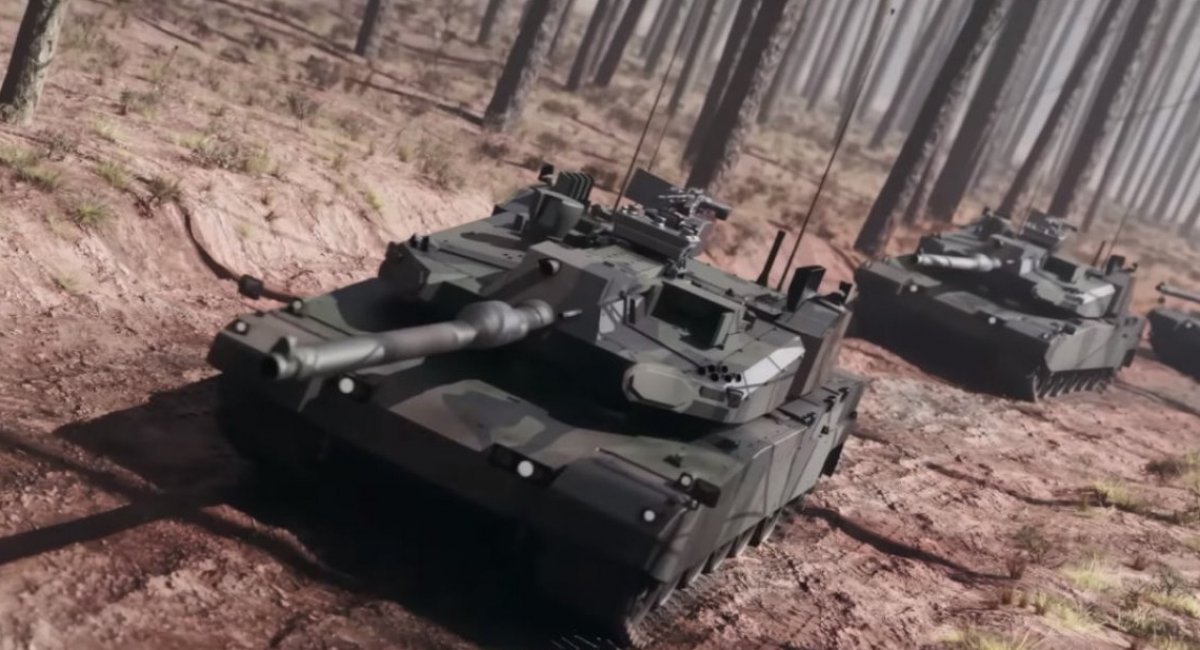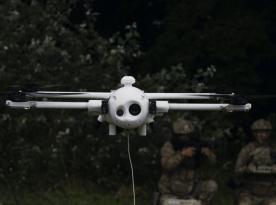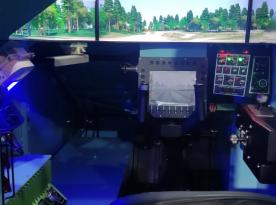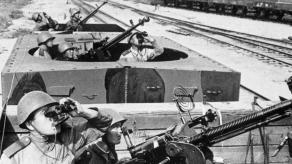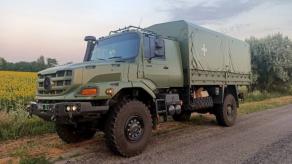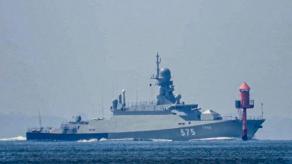Visualizations of Poland's future K2PL main battle tank, set for local production, have raised questions as it may have weaker protection than the earlier South Korean K2GF version.
This comes despite claims of an upgraded armor package, EW systems, and the KAPS-2 active protection system. On paper, the tank should be more advanced, but the details reveal potential vulnerabilities.
Read more: Drops F-35, Bets on Turkiye: Which European Country is Set to Buy KAAN Fighters?
Notably, the dynamic armor previously mounted on the K2GF's sides has been removed and replaced with storage boxes. While these can offer minimal additional protection, they fall far short of full armor systems.
Similarly, the side skirts are now thin composite panels, creating exposed zones, particularly vulnerable to drones the primary modern anti-tank threat. The tank was designed for mountainous terrain, optimizing frontal armor but raising concerns about all-around protection.
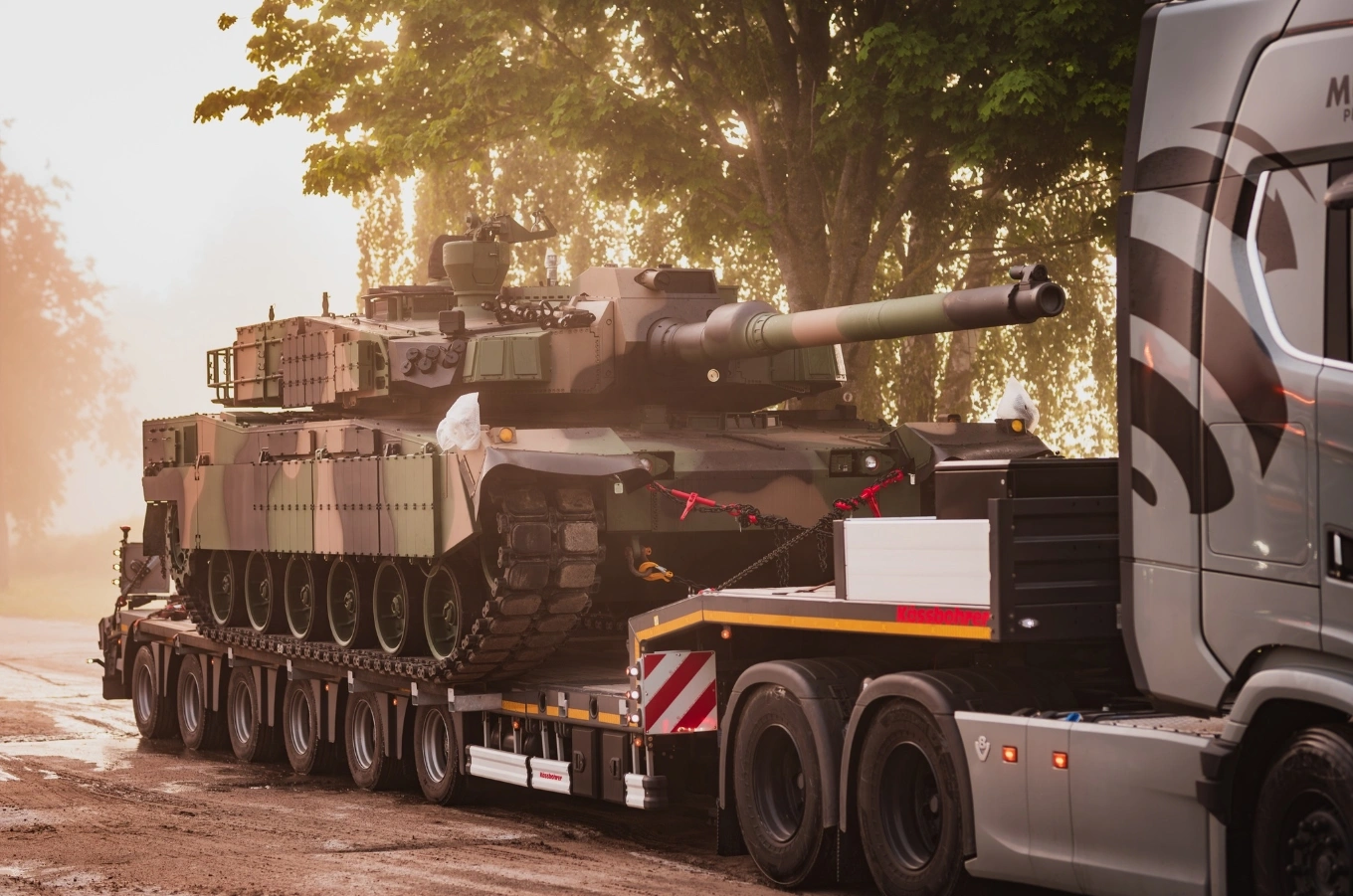
The engine remains exposed, another favorite target for UAVs, although striking it requires extra effort. One weak spot doesn't negate the need for comprehensive protection, but it highlights the potential risk.
While the K2PL includes active protection and EW systems to counter drones, these are not fail-proof. Malfunctions, overload, or resistant threats (like fiber-optic guided drones) could bypass them, leaving the weakened side armor as the last line of defense.
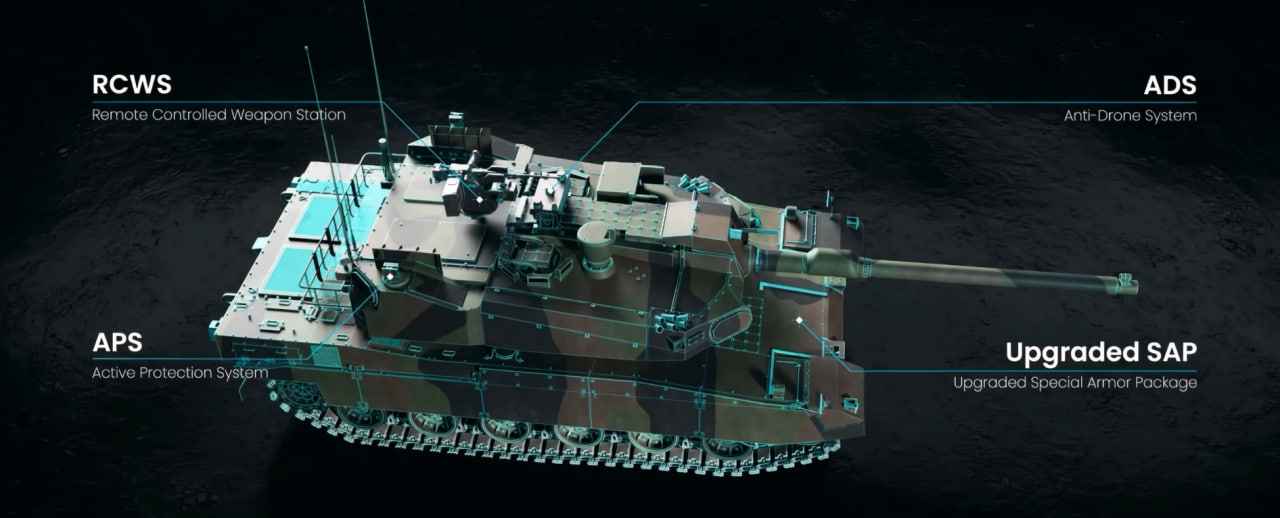
In essence, the K2PL seems focused on frontal tank-on-tank engagements, not modern asymmetric threats. However, these are renders, and the final production model may see improvements.
One potential upgrade is integrating Poland's ERAWA-2 dynamic armor or its modern variant, Pangolin, which could replace older local systems.
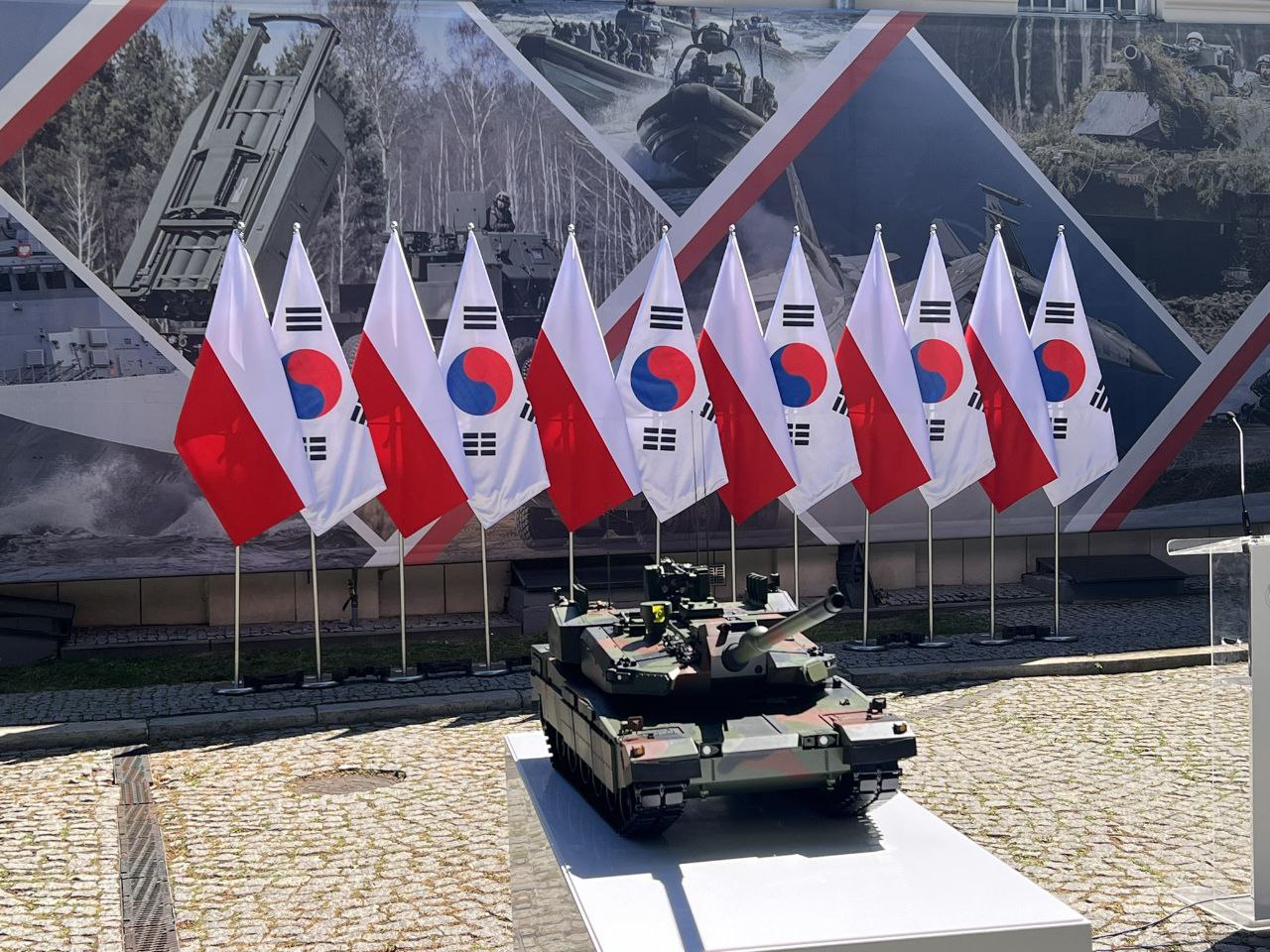
Even within Poland, doubts remain whether such upgrades will be implemented or if the project will remain static. For now, the K2PLs final capabilities remain to be seen.
Read more: Canada Gets Price For HIMARS Despite Warnings It Could Become De Facto U.S. State




